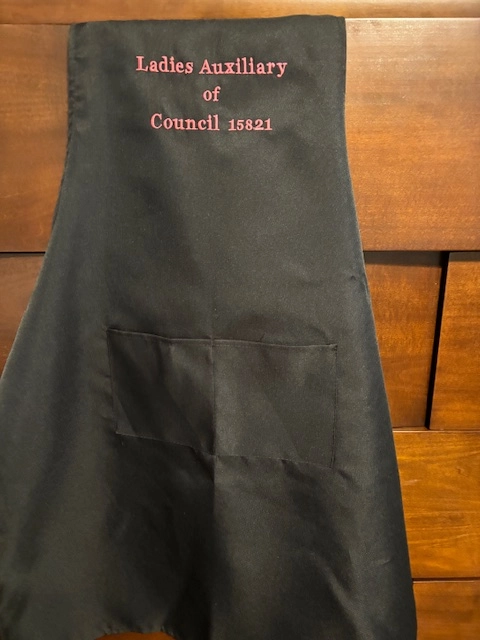The Art of Custom Needlework: Opening the Secrets to Creating Unique and Unforgettable Layouts
Embroidery, a craft steeped in custom and artistry, holds within its detailed stitches the power to transform textile right into a canvas of special expression. The keys to creating custom-made needlework layouts that mesmerize the eye and leave a lasting impression hinge on a delicate balance of method, creative thinking, and attention to information. As we explore the globe of customized needlework, we uncover the nuanced interplay between thread choice, sew intricacy, and design personalization that boosts a plain garment to a masterpiece. Join us on a trip through the art of custom-made needlework as we unravel the mysteries behind crafting really memorable and distinct creations.
Choosing the Right Embroidery Threads
When picking embroidery threads, what key factors should you consider to make certain the most effective outcomes for your custom-made designs? The choice of embroidery thread is vital in determining the final result of your stitched layout. Among the main considerations is the material of the string. Different products such as cotton, polyester, rayon, and silk supply varying levels of luster, toughness, and appearance. It is necessary to pick a string material that enhances the material you are embroidering on and lines up with the wanted look of the style.
Additionally, the weight or thickness of the string plays a substantial role in the look of the embroidery. Thicker strings can add dimension and structure to your style, while finer strings are excellent for elaborate information and little message. Additionally, taking into consideration the color fastness and washability of the thread is crucial to make sure that your custom designs maintain their high quality and vibrancy with time. By meticulously evaluating these aspects and picking premium strings that meet your particular needs, you can boost the aesthetic allure and durability of your embroidered developments.
Exploring Different Stitch Methods
To dive right into the world of 'Exploring Different Stitch Methods', one need to understand the complexities and nuances that each stitching approach gives the art of embroidery. Different stitch techniques not only add visual interest yet also contribute to the general appearance and measurement of the design. One prominent stitch strategy is the satin stitch, which includes carefully packed parallel stitches to produce a smooth and shiny surface, perfect for filling up in forms and producing bold outlines.
On the other hand, the backstitch is a functional technique often utilized for describing and including great details. It includes sewing in reverse to create a strong line of needlework. Additionally, the French knot stitch includes a responsive element to layouts, best for developing textured accents like flower facilities or decorative touches.
Exploring different stitch strategies enables embroiderers to have fun with light, darkness, and depth within their layouts, elevating the aesthetic charm and artistic top quality of their needlework jobs. By grasping different sewing techniques, one can open endless opportunities for developing unique and unforgettable personalized embroidery pieces.
Incorporating Personalized Design Aspects
Having explored the intricacies of various stitch strategies such as the satin stitch, backstitch, and French knot, the emphasis currently changes towards integrating customized design elements in customized needlework projects. Customized layout elements play an important role in making embroidery jobs genuinely special and remarkable.
Another way to integrate personalized layout elements is by including icons or motifs that hold special meaning to the recipient or mirror their passions and individuality. As an example, incorporating a preferred flower, animal, or hobby-related sign can make the needlework layout extra meaningful and customized. In addition, picking shades that reverberate with angie's alterations the recipient or align with the desired style can better boost the personalization of the needlework task.
Grasping the Art of Color Sychronisation

One trick element of color sychronisation is recognizing shade concept. This consists of understanding exactly how various colors connect with each various other, the feelings they convey, and exactly how they can be incorporated to produce aesthetically appealing layouts. By using shade concept concepts, embroiderers can create harmonious color palettes that enhance the general appearance of the layout.
In addition, focusing on comparison is crucial in color coordination. Utilizing contrasting colors can assist particular elements of the layout pop, improve readability, and develop a visually dynamic embroidery piece. By grasping the art of color coordination, embroiderers can elevate their styles and create unforgettable items that reverberate with customers and audiences alike.
Enhancing Appearance With Advanced Needlework Stitches

Bullion knots, on the various other hand, can be utilized to create twisted, ropelike aspects that include an elegant feel to the needlework. Experimenting with these sophisticated embroidery stitches allows you to press the boundaries of traditional needlework and create absolutely special and visually enticing structures in your designs.
Verdict
Finally, the art of custom needlework involves a mix of choosing the appropriate threads, discovering various stitch strategies, integrating personalized style elements, mastering shade coordination, and boosting texture with innovative stitches. By understanding and applying these crucial elements, embroiderers can create special and memorable styles that display their imagination and ability. Embroidery lovers can open the secrets to creating lovely and bespoke pieces that attract attention and leave a long lasting impact.